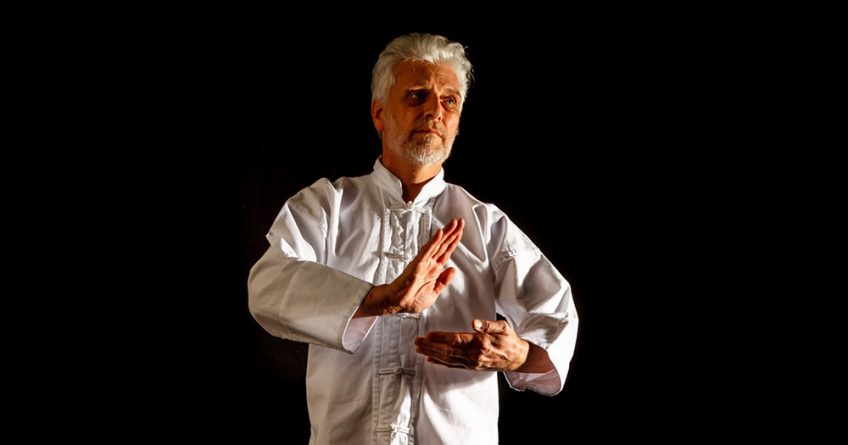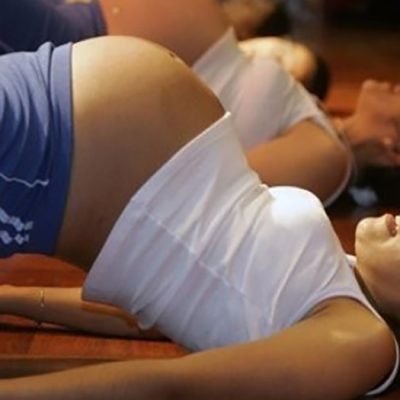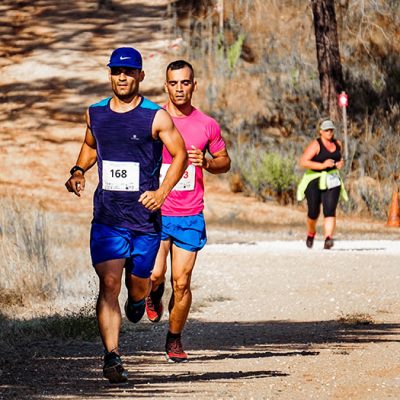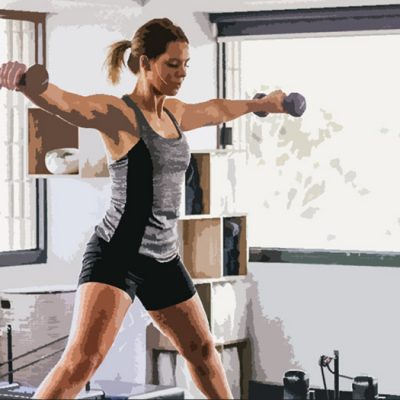Tai Chi is fantastic for seniors because it reverses the usual mathematics of exercise. Whereas conventional exercise involves an expenditure of energy to achieve results, Tai Chi summons the body’s energy. The practitioner is left more refreshed and alert than when they started.
Calmness of mind and relaxation of muscles characterize the very essence of Tai Chi. Being properly centered is perhaps the most important key to reaping the exercise’s full benefits. To become centered, you have to sink your “chi” (energy) into the lower part of your abdomen. It is this region that dominates and initiates all movements in Tai Chi.
More Satisfying than Conventional Exercise
“Mechanical and mindless” are the words Jonathan Lee uses to describe the way he had exercised for years. Then, a friend told him about Tai Chi.
Once found only in Chinese neighborhoods and some big-city parks, Tai Chi (pronounced “tie chee”), is an ancient, non-contact Chinese martial art. Practiced in China for centuries, it has been adopted as a vital form of exercise in places across Australia that are so un-Chinese that they would be hard-pressed to serve up a respectable plate of chow mein.
But that hardly matters to the thousands of people like Mr Lee, who were attracted to the graceful, flowing movements of Tai Chi, and discovered within it a deeper, spiritual resonance. It is “satisfying beyond the scope of other exercise,” says Mr Lee.
Scarcely contained within the dry boundaries of “exercise,” Tai Chi is in fact a way of approaching life. “As I have practiced Tai Chi, my consciousness has been developing,” says Mr Lee. “Feeling my own connection to the rest of the world — in terms of gravity, energy and motion — has had a tremendous impact on the way I experience the world and myself.”
What You Do in a Tai Chi Session
A Tai Chi session typically begins with about 20 minutes of stretching. These preliminary movements loosen up the muscles and joints, and warm the body.
The stretching ends with a meditation stance that you are encouraged to hold for as long as it takes to quiet your mind and relax your breathing.
Next come the dance-like stances, called forms, with names like Wave Hands Like Clouds, Carry Tiger to Mountain and Strike Palm to Ask Buddha.
If it looks to you like Tai Chi enthusiasts are pushing around imaginary objects, you’re not far from the truth. Tai Chi involves an understanding of energies, the energy within you and around you — the opposing forces of change in the universe, the yin and yang.
Ironically, the secret to mastering the forms is… forgetting them. Only then is the student’s focus entirely on flowing through the motions.
Why Seniors are Reaping the Benefits
Friends Norma and Libby, both in their 70s, recently took up Tai Chi. Adding it to an exercise program that includes swimming has given them both greater strength and flexibility — and they can prove it.
A year after starting Tai Chi, Norma can touch her toes, and Libby can almost do a complete split. “At my last checkup, my doctor was thrilled that I’m taking Tai Chi now,” Norma says.
Although the benefits of Tai Chi — improved flexibility, strength, posture and balance — have been known anecdotally for years, studies bear out the therapeutic benefits in unquestionable detail. A study of seniors conducted by the Oregon Research Institute showed that Tai Chi improved fitness and a “sense of quality of life,” and reduced depression and psychological distress in participants taking classes twice a week. ORI investigator John Fisher, PhD, says, “The poorest performers and those most apprehensive about exercising actually benefited the most.”
Other studies have reported similarly positive findings regarding relief from multiple sclerosis, rheumatoid arthritis, high blood pressure and other ailments. These therapeutics benefits appear to stem from the deceptively intense, albeit low-impact, workout that Tai Chi provides.
Although not a senior himself, Mr Lee finds himself getting sick much less than he used to. “My sense of balance and timing, and my ability to relax and respond to stressful situations effectively, have all improved,” says Mr Lee. “Tai Chi has improved my flexibility mentally and physically, and my breathing capacity. My sense of patience, humor and verve have all been positively affected.”
How to Get Started
With Tai Chi classes springing up like, er, yoga classes, you shouldn’t have to look far beyond your community center, health club or local university for a class. But, once you’ve learned the basics, you can practice anytime, anywhere. You need only comfortable shoes and loose-fitting clothes.
“Virtually every person I know who has practiced Tai Chi for any length of time — two to three weeks — has seen some measure of improvement,” says Mr Lee.
The important thing, says Kimo LePree, a Tai Chi master who has been practicing Tai Chi for 30 years, is to practice consistently. And, he warns, the benefits won’t be immediate. “My Western students want everything to happen quickly,” he says. “I tell them this is preventive medicine.”









